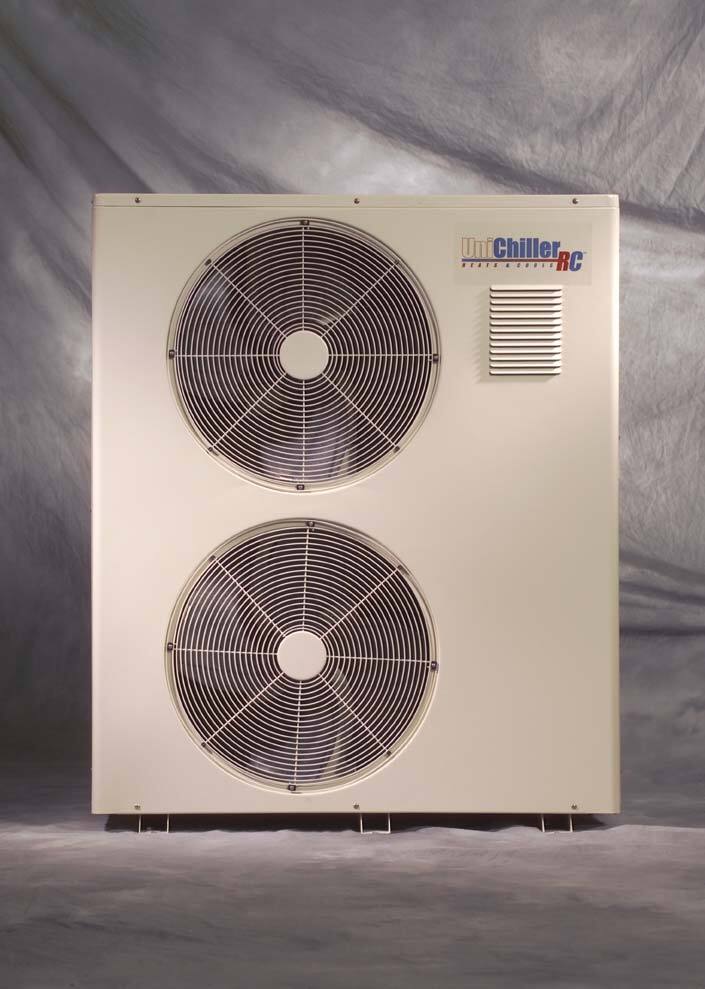Some California cities are moving to ban natural gas connections in new construction! Burning gas creates CO2 that causes global warming, so just avoid burning fossil fuel by eliminating the gas connection. (Methane recovered from manure and garbage dumps could only provide at most 9% of California’s gas consumption.)
I’ve been near this cutting edge for over a decade. When we remodeled our house we avoided using natural gas to cheaply heat our house and domestic hot water, so we only use a small amount of natural gas for a cooktop and a clothes dryer.
The problem is most building contractors in California seem woefully unready for this legislation and trend. I’ve been on fancy modern house tours and even the super eco LEED-certified green mansions used natural gas for space heating!
Ductless mini-split heat pumps (heat condenser outside, thin liquid pipe to box on the wall that pours out hot or cold air) are getting more popular in California and you can buy cheap Chinese units at DIY stores. But heat pumps for radiant heating are still rare and unfamiliar. When we remodeled 13 years ago mini-splits weren’t commonly available, our architects preferred hydronic radiant floor heating (warm liquid flowing through tubes in the floor), and the wild and crazy heating subcontractor installed a 60,000 Btu/hr Unico Unichiller heat pump (and solar thermal tubes, and two heat exchangers, and more insanity I’ll cover in a separate post some day.)

This air-water heat pump was the only Unichiller model in northern California according to the service person. It needed expensive repair every winter, and when the bills became excessive and we wanted to replace it there weren’t any better options available for whole house (two story, fairly well insulated); the same small companies making air-water heat pumps in 2006 are much the same today (Aermec, Aqua Products, Chiltrix, SpacePak). And even though you can run a heat pump backwards to cool your house, few of the control systems for radiant heating know how to work in cooling mode, and no contractor wants to be liable for possible moisture and mold build-up in your floors.
Over the years a dozen heating and plumbing contractors have looked at our space and domestic hot water heating system and run away in terror. This last winter when we couldn’t face trying to heat a cold house with a bunch of electric space heaters any longer, I finally found a plumber who wasn’t intimidated by the complexity. He tore out most of the 14 (!) pumps and storage tanks and controllers and literally hundreds of feet of copper piping, to end up sending domestic hot water through a heat exchanger to provide heat for the radiant flooring. It works okay, but no heat pump hot water heater is rated to provide heat to an entire house as well (the Sanden CO2 hot water heater can do it for very low heating loads with a lot of provisos). So we’re heating our house with electrical resistance elements in a 4500 Watt 50 gallon domestic hot water tank with a Coefficient of Performance (how much heating you get from each unit of energy supplied) of… 1! This is inefficient and expensive, but at least I pay for “100% green” electricity beyond what my solar panels provide. What’s galling is the California energy guidelines for contractors promote a combined heat pump for domestic hot water and space heating, even though nothing much is actually available.
TL;DR : unless you have a tiny or super-insulated passive house, use ductless mini-split heat pumps for space heating and cooling, and a separate heat pump hot water tank. Anything else is an experiment for DIYers.
